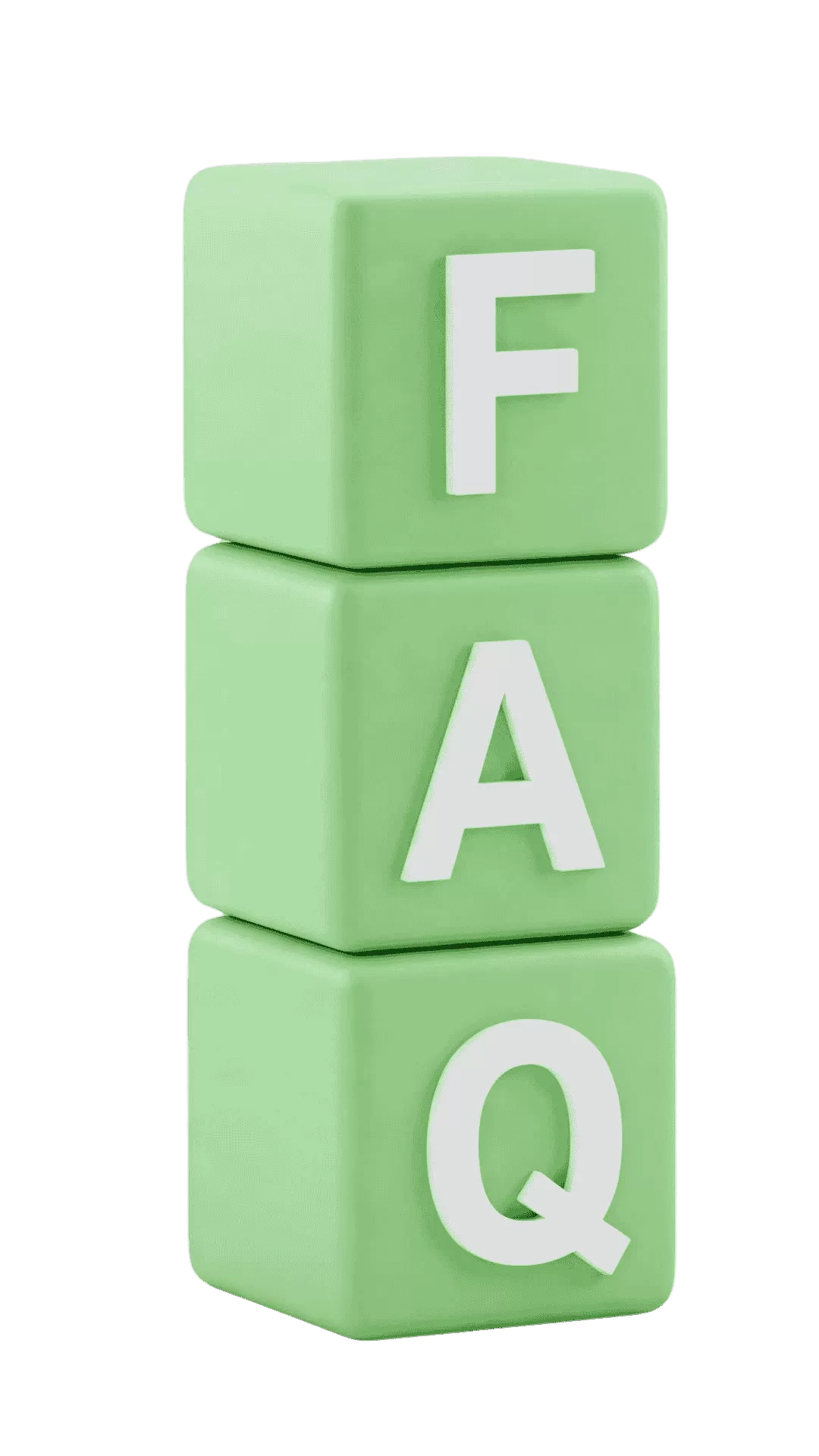1.1: The conventions of a wide range of written textual forms
1.2: The linguistic elements and literary features of texts
1.3: The significance of audience in both the design and reception of texts
1.4: The ways in which genre, purpose and context contribute to the meaning of texts
Knowledge and Understanding
2.1: The conventions of a wide range of written textual forms
2.2: The linguistic elements and literary features of texts
2.3: The significance of audience in both the design and reception of texts
2.4: The ways in which genre, purpose and context contribute to the meaning of texts
Skills and Techniques
2.5: Writing for a specific audience and purpose to fulfil the brief provided
2.6: Producing an appropriate structure for longer pieces of writing
2.7: Organising writing to achieve specific effects
2.8: Structuring paragraphs
2.9: Using a range of appropriate linguistic elements and literary features
2.10: Expressing ideas accurately and clearly at both sentence and word level
2.11: Reflecting upon and evaluating the qualities of their own writing, including aspects relating to its purpose, form and audience
Language Change
3.1: The chronology and essential features of the development of the English language from Early Modern English to Contemporary English
3.2: Concepts and terminology related to language change
3.3: Theories and theorists of language change
3.4: n-gram graphs representing changes in language use over time
3.5: Word tables derived from corpus data
Child Language Acquisition
3.6: The main stages of early development in child language acquisition
3.7: The different functions of children’s language
3.8: Theories and theorists of child language acquisition
3.9: The conventions and features of unscripted conversation and spoken language transcripts
English in the World
4.1: The historical development of English as a "global" language
4.2: Varieties of English
4.3: Relevant ethical considerations
Language and the Self
4.4: Innateness and learning
4.5: The relationship between language and thought
4.6: The relationship between language and social identity

Giáo viên theo sát, điều chỉnh linh hoạt để đạt hiệu quả cao nhất
Đặt mục tiêu điểm số & định hướng rõ ràng
Xây dựng kế hoạch học tập chi tiết, khoa học
Giáo viên theo sát, điều chỉnh linh hoạt để đạt hiệu quả cao nhất
Xác định điểm mạnh, yếu & nhu cầu

Đặt mục tiêu điểm số & định hướng rõ ràng

Xây dựng kế hoạch học tập chi tiết, khoa học

Giáo viên theo sát, điều chỉnh linh hoạt để đạt hiệu quả cao nhất

Teaches:
Curriculum:

Teaches:
Curriculum:

Teaches:
Curriculum:

Teaches:
Curriculum:

Teaches:
Curriculum:

Teaches:
Curriculum:

Teaches:
Curriculum:

Teaches:
Curriculum:
| Điều Kiện / Tính Năng | Standard | Premium | Platinum |
|---|---|---|---|
| 🌟Cam kết điểm số theo mục tiêu | ❌ | ❌ | ✅ |
| Bài tập và Ghi chú bài giảng | ✅ | ✅ | ✅ |
| Bài tập tại lớp và Đáp án | ✅ | ✅ | ✅ |
| Bài tập về nhà bổ sung | ✅ | ✅ | ✅ |
| Đề thi mẫu và Đề thi các năm | ✅ | ✅ | ✅ |
| Ngân hàng câu hỏi/Đề thi | ✅ | ✅ | ✅ |
| Hỗ trợ bài tập về nhà vào sáng thứ 7 | ❌ | ✅ | ✅ |
| Cố định giáo viên | ❌ | ✅ | ✅ |
| Hỗ trợ các bài IA, EE, TOK | ❌ | ✅ | ✅ |
| Phản hồi tin nhắn sau giờ hành chính (phản hồi đến 21:30) | ❌ | ✅ | ✅ |
| Buổi gặp gỡ đầu tiên của Giáo viên & Học sinh | ✅ | ✅ | ✅ |
| Buổi trao đổi của Giáo viên & Phụ huynh | ❌ | ✅ | ✅ |
| Báo cáo học tập định kỳ | ✅ | ✅ | ✅ |
| Đánh giá và nhận xét của giáo viên sau mỗi buổi học | ✅ | ✅ | ✅ |
| Chính sách thay đổi lịch học (báo trước trong giờ hành chính) | 24 tiếng | 12 tiếng | 06 tiếng |
| Cam kết đậu kỳ thi | ✅ | ✅ | ✅ |
Đừng ngần ngại liên hệ Intertu


191, Nguyễn Văn Hưởng, P. Thảo Điền, TP. Thủ Đức, TP.HCM
info@intertu.edu.vn
Phone : (028) 22426282 Zalo : 0971515265
Liên hệ ngay